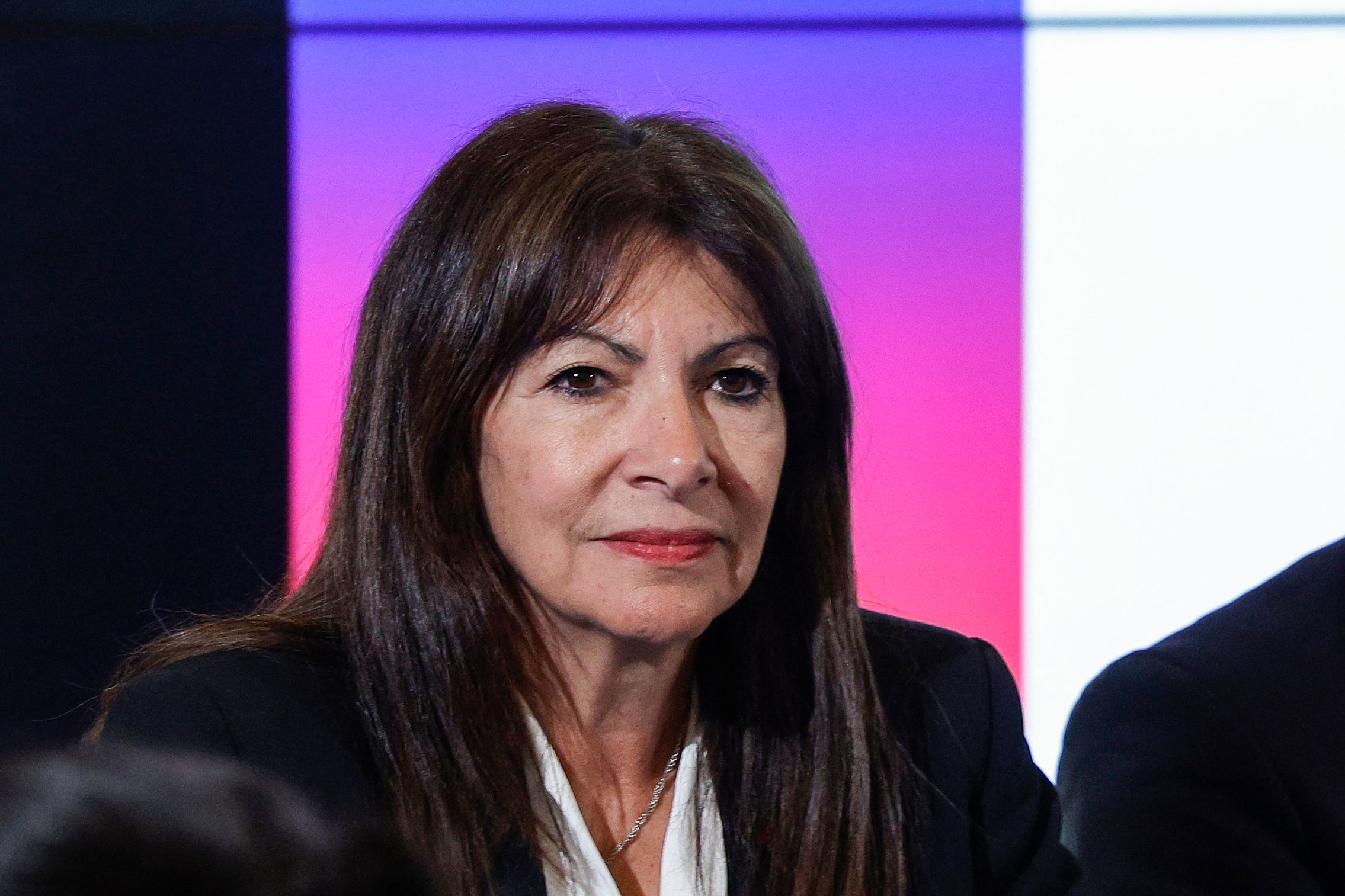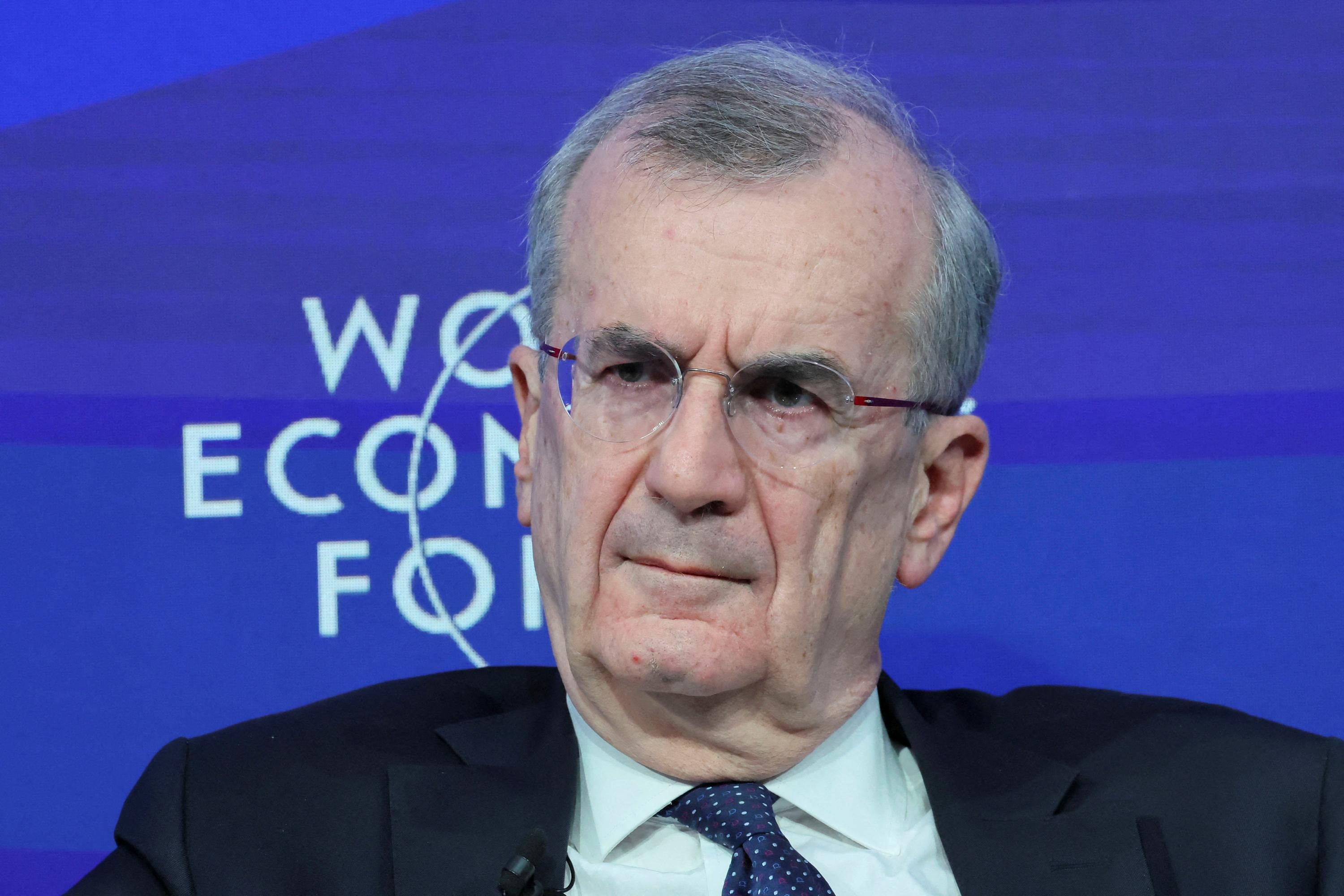The Young Forum of the German-Israeli Society (DIG) was certain: "Anti-Semitism partially pasted over - another scandal at the Documenta". At the world art exhibition in Kassel, the activists noticed a joint work by the Indonesian artist collective Taring Padi and the North American artist initiative Justseeds. It shows four people dividing bags of money among themselves. In addition to the insignia of power and wealth, a person is endowed with other characteristics that correspond to anti-Semitic stereotypes: a long nose, bulging lips and a malicious grin.
And the person wears a hat that was altered in Kassel with a black strip of tape. On the original work, this headgear looks like a kippah. "The motif described clearly uses centuries-old anti-Jewish resentment," wrote the author of this text in a WELT comment. At the Young Forum of the DIG it was said: "Again the caricature of a greedy, long-nosed Jew appears at the Documenta, which is unmistakably known from National Socialist publications."
The artistic direction of the documenta, the curator collective Ruangrupa, has now published a contextualization of the work. Originally, it was an Arabic Kufi hat that was "modified into a clearer Indonesian Songkok hat". "To prevent further misunderstandings," a member of Taring Padi stuck on the new headgear during the ongoing Documenta. The work was created to criticize exploitation in mining. The criticized excerpt is intended to represent the religious leadership in Indonesia.
The explanation seems plausible. The collective of curators explains in detail what role the kufi hat plays in Indonesian clothing culture. If it really wasn't Jewish headgear, both the Young Forum of the DIG and the author of this text made a misinterpretation based on the information available at the time, since both spoke of a kippah. However, the other details are still to be interpreted as anti-Semitic stereotypes. They are central features of anti-Jewish caricatures.
In view of this renewed confusion, one has to ask why the communication about the documenta only begins when something has become a scandal. Why didn't the curatorial collective itself communicate with the relevant bodies and associations if they were actually concerned about a possible misinterpretation? And how is it that the committee of experts on the subject of anti-Semitism set up by the Documenta shareholders was not informed that the work was partially taped over? Wasn't this body specifically set up to investigate indications of possible anti-Semitic imagery?
Nicole Deitelhoff, chair of the committee and head of the Leibniz Institute Hessian Foundation for Peace and Conflict Research, told WELT AM SONNTAG: "The committee was neither informed about the pasting over nor about the removal of works from the exhibition if they were removed in a targeted manner. Both are completely inappropriate with regard to dealing with the problem of anti-Semitism in these works and massively hinder the work of the committee.
The unusual intervention of masking also raises further questions. Ruangrupa explains it like this: "Every artist is free to paint, glue or otherwise edit his or her work." artistic direction had found "that the previous handling, including the pasting over, gave rise to misunderstandings".
The Documenta has to be asked again and again why an expert committee on the subject of anti-Semitism is used if this commission is not even informed about current incidents. And why the visitors of the exhibition are apparently supposed to be deceived about the full extent of the anti-Semitism scandal. At the end of July, a chance find revealed that a brochure with clearly anti-Semitic content had been exhibited at the Documenta. An Algerian women's initiative showed an Israeli soldier with a hooked nose.
The affected page of the brochure is now missing. A cardboard cutout by Taring Padi depicting an Indonesian military man with a dollar sign and a speech bubble that says "Hoax" and a six-pointed star on his lapel resembling a Star of David is also no longer on display in Kassel. It is a legitimate demand that such exhibits should be removed from the Documenta. However, transparent dealings also include not simply doing this quietly and secretly. Otherwise, the process looks more like a cover-up of the problem.

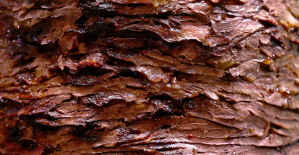 In Germany, the far left wants to cap the price of “doner kebabs”
In Germany, the far left wants to cap the price of “doner kebabs” Israel-Hamas war: Gaza between hope of truce and fear of Israeli offensive in the South
Israel-Hamas war: Gaza between hope of truce and fear of Israeli offensive in the South “Mom, Dad, please don’t die”: in the United States, a nine-year-old child saves the lives of his parents injured in a tornado
“Mom, Dad, please don’t die”: in the United States, a nine-year-old child saves the lives of his parents injured in a tornado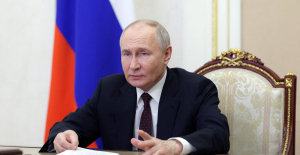 War in Ukraine: Putin orders nuclear exercises in response to Macron and “Western leaders”
War in Ukraine: Putin orders nuclear exercises in response to Macron and “Western leaders” A baby whose mother smoked during pregnancy will age more quickly
A baby whose mother smoked during pregnancy will age more quickly The euro zone economy grows in April at its best pace in almost a year but inflationary pressure increases
The euro zone economy grows in April at its best pace in almost a year but inflationary pressure increases Children born thanks to PMA do not have more cancers than others
Children born thanks to PMA do not have more cancers than others Breast cancer: less than one in two French women follow screening recommendations
Breast cancer: less than one in two French women follow screening recommendations Call for strike on Sunday at Radio France against “the repression of insolence and humor” after the suspension of Guillaume Meurice
Call for strike on Sunday at Radio France against “the repression of insolence and humor” after the suspension of Guillaume Meurice Disney: profitable streaming for the first time, after 5 years of losses
Disney: profitable streaming for the first time, after 5 years of losses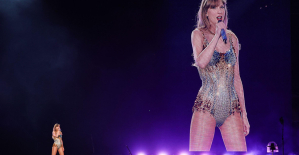 “I’m going to four concerts... I spent 1,255 euros”: for Taylor Swift, these fans ready to break the bank
“I’m going to four concerts... I spent 1,255 euros”: for Taylor Swift, these fans ready to break the bank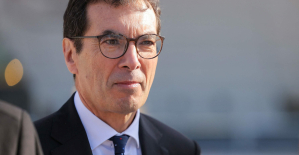 SNCF: the CEO defends the agreement on the end of career, “reasonable, balanced and useful”
SNCF: the CEO defends the agreement on the end of career, “reasonable, balanced and useful” A little something extra, signed Artus, exceeds one million entries in less than a week
A little something extra, signed Artus, exceeds one million entries in less than a week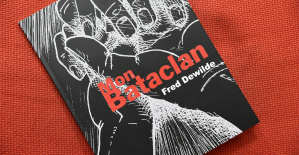 Fred Dewilde, designer and Bataclan survivor, ended his life
Fred Dewilde, designer and Bataclan survivor, ended his life “I don’t appreciate being used as media cannon fodder”: Emmanuelle Bercot responds to Isild Le Besco
“I don’t appreciate being used as media cannon fodder”: Emmanuelle Bercot responds to Isild Le Besco Who is Deborah de Robertis, the artist who painted The Origin of the World?
Who is Deborah de Robertis, the artist who painted The Origin of the World? Omoda 7, another Chinese car that could be manufactured in Spain
Omoda 7, another Chinese car that could be manufactured in Spain BYD chooses CA Auto Bank as financial partner in Spain
BYD chooses CA Auto Bank as financial partner in Spain Tesla and Baidu sign key agreement to boost development of autonomous driving
Tesla and Baidu sign key agreement to boost development of autonomous driving Skoda Kodiaq 2024: a 'beast' plug-in hybrid SUV
Skoda Kodiaq 2024: a 'beast' plug-in hybrid SUV The home mortgage firm rises 3.8% in February and the average interest moderates to 3.33%
The home mortgage firm rises 3.8% in February and the average interest moderates to 3.33% This is how housing prices have changed in Spain in the last decade
This is how housing prices have changed in Spain in the last decade The home mortgage firm drops 10% in January and interest soars to 3.46%
The home mortgage firm drops 10% in January and interest soars to 3.46% The jewel of the Rocío de Nagüeles urbanization: a dream villa in Marbella
The jewel of the Rocío de Nagüeles urbanization: a dream villa in Marbella Europeans: David Lisnard expresses his “essential and vital” support for François-Xavier Bellamy
Europeans: David Lisnard expresses his “essential and vital” support for François-Xavier Bellamy Facing Jordan Bardella, the popularity match turns to Gabriel Attal’s advantage
Facing Jordan Bardella, the popularity match turns to Gabriel Attal’s advantage Europeans: a senior official on the National Rally list
Europeans: a senior official on the National Rally list Blockade of Sciences Po: the right denounces a “drift”, the government charges the rebels
Blockade of Sciences Po: the right denounces a “drift”, the government charges the rebels These French cities that will boycott the World Cup in Qatar
These French cities that will boycott the World Cup in Qatar Mercato: Thiago Silva returns to Brazil and signs for Fluminense
Mercato: Thiago Silva returns to Brazil and signs for Fluminense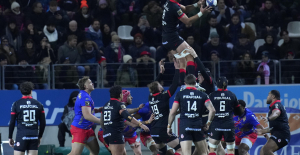 Top 14: at what time and on which channel to follow the clash at the Toulouse-Stade Français summit?
Top 14: at what time and on which channel to follow the clash at the Toulouse-Stade Français summit? Tennis: Paula Badosa, former world No.2, passes the 1st round in Rome
Tennis: Paula Badosa, former world No.2, passes the 1st round in Rome Tour of Italy: Italian Jonathan Milan wins the 4th stage, Pogacar still leader
Tour of Italy: Italian Jonathan Milan wins the 4th stage, Pogacar still leader






